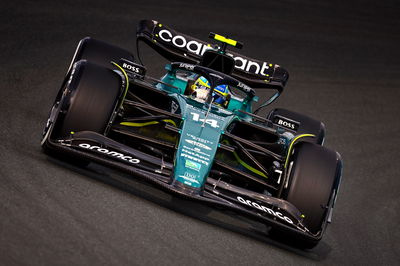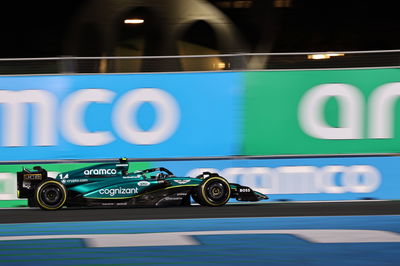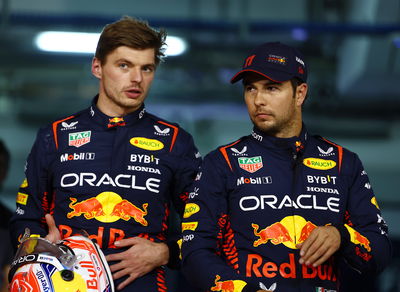How Aston Martin have been held back by Mercedes in 2023

The Silverstone-based outfit have made unprecedented gains over the winter, with their race pace in the Saudi Arabian Grand Prix, on average, three seconds quicker than 12 months ago.
Their decision to abandon their initial car concept and follow Red Bull’s at last year’s Spanish Grand Prix proved to be a masterstroke.
Aston Martin steadily improved in 2022, nearly beating Alfa Romeo to sixth in the constructors’ championship.
No one could see their rapid rate of improvement being this good, moving from being the sixth-best team to now eclipsing Ferrari and Mercedes as the second-best.
Much has been made of Aston Martin’s AMR23, with a number of key Red Bull personnel making jokes about how it resembles their own car.
While there are some similarities to the Red Bull, Aston Martin still rely on Mercedes for a number of parts - power unit, gearbox and rear suspension.
Effectively, the majority of the rear end of the AMR23 is Mercedes-built.
According to Italian website Formul1a.uno, Mercedes’ gearbox design is holding Aston Martin back in outright performance.
The Mercedes version is bulkier relative to the Red Bull and thus limits the airflow to the Aston Martin rear diffuser.
Ultimately, having a less efficient diffuser costs you downforce meaning Aston Martin have to run more rear wing, generating more drag in the process.

The main limitation of the AMR23 is its straight-line speed relative to the Red Bull.
At the end of 2022, technical director Dan Fallows dismissed suggestions that being aligned with Mercedes would impact the team negatively.
"I think we're pretty open-minded about that kind of thing," he said. "What this team has gained from its relationship with Mercedes has been immense, and as we move into the future and do things our own way, we're mindful that we have to do them at least as well and if not better than they do.
"That is a capability that you have to build up before we can even talk about making those decisions."












